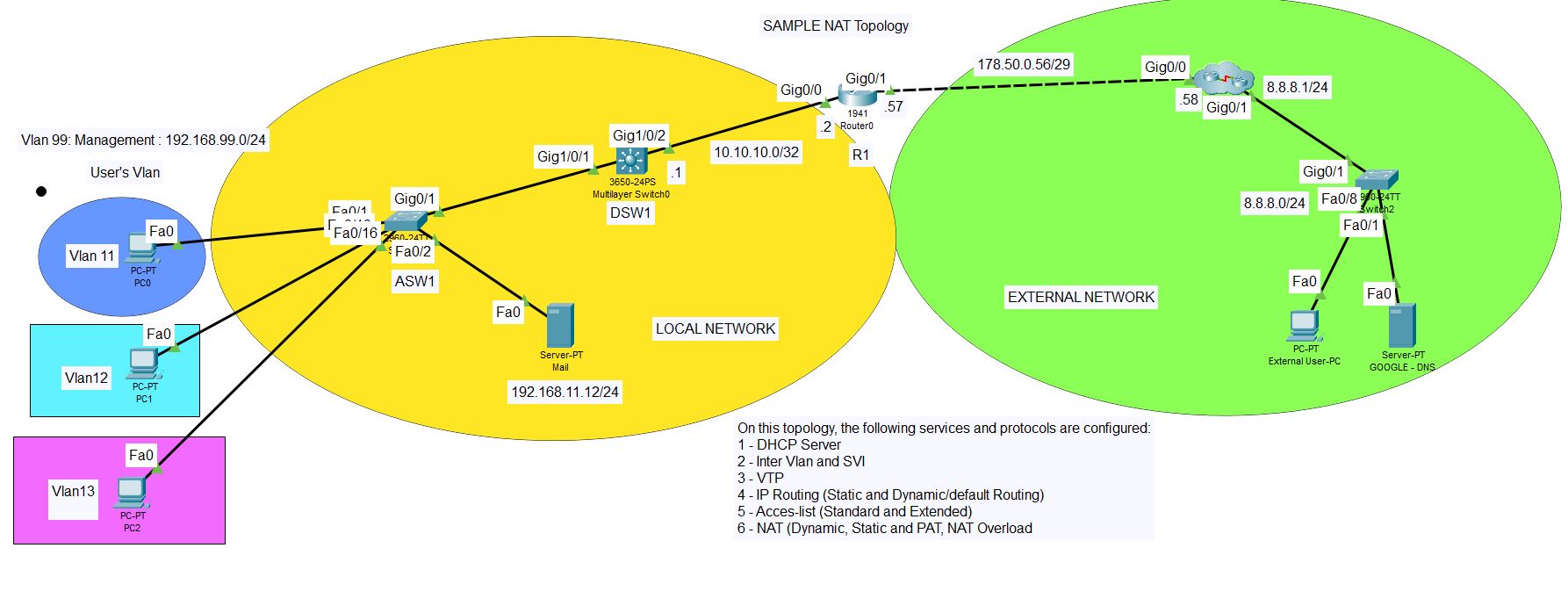PLC Programming (Programmable Logic Controller)
Several years ago, PLC have remained so important in control automation that is used to control various electro-mechanical processes in product manufacturing system facilities and automation environment.
PLC also gives essential role in Supervisory Control And Data Acquisition (SCADA) systems, acting as the physical interface between devices on the plant facilities and Human-Machine Interfaces (HMIs), as well as communication, monitoring, and industrial controlling automated processes as part of the Instrumentation and Control.
Learning the basic PLC programming could be able to acquire the actual electrical wiring that is converted into a virtual program. There are parts of an electrical circuit that can be converted into a virtual program to activate the motor, lightings for the purpose of the control, safety, data management, and provide ease of operation to lessen the physical wiring connections of the electrical panel board. The training also promotes the advancement of controls in electro-mechanical machineries and in your homes.
Thus, basic steps and circuit format is given to trainees in COMSOFIL during their actual hands-on experience about programming. Other available brand units can be used to apply the technique to compare its differences with each other. PLC brands are different with each other in many aspects like their approach on how to use in transferring the program to different devices, actual operation and diagnose the program architecture
A programmable logic controller (PLC) or programmable controller is an industrial computer that has been ruggedized and adapted for the control of manufacturing processes, such as assembly lines, machines, robotic devices, or any activity that requires high reliability, ease of programming, and process fault diagnosis. Dick Morley is considered as the father of PLC as he had invented the first PLC, the Modicon 084, for General Motors in 1968.
PLCs can range from small modular devices with tens of inputs and outputs (I/O), in a housing integral with the processor, to large rack-mounted modular devices with thousands of I/O, and which are often networked to other PLC and SCADA systems.[1]
They can be designed for many arrangements of digital and analog I/O, extended temperature ranges, immunity to electrical noise, and resistance to vibration and impact. Programs to control machine operation are typically stored in battery-backed-up or non-volatile memory.
PLCs were first developed in the automobile manufacturing industry to provide flexible, rugged and easily programmable controllers to replace hard-wired relay logic systems. Since then, they have been widely adopted as high-reliability automation controllers suitable for harsh environments.
A PLC is an example of a hard real-time system since output results must be produced in response to input conditions within a limited time, otherwise unintended operation will result.
A programmable logic controller (PLC) or programmable controller is an industrial computer that has been ruggedized and adapted for the control of manufacturing processes, such as assembly lines, machines, robotic devices, or any activity that requires high reliability, ease of programming, and process fault diagnosis. Dick Morley is considered as the father of PLC as he had invented the first PLC, the Modicon 084, for General Motors in 1968.
PLCs can range from small modular devices with tens of inputs and outputs (I/O), in a housing integral with the processor, to large rack-mounted modular devices with thousands of I/O, and which are often networked to other PLC and SCADA systems.[1]
They can be designed for many arrangements of digital and analog I/O, extended temperature ranges, immunity to electrical noise, and resistance to vibration and impact. Programs to control machine operation are typically stored in battery-backed-up or non-volatile memory.
PLCs were first developed in the automobile manufacturing industry to provide flexible, rugged and easily programmable controllers to replace hard-wired relay logic systems. Since then, they have been widely adopted as high-reliability automation controllers suitable for harsh environments.
A PLC is an example of a hard real-time system since output results must be produced in response to input conditions within a limited time, otherwise unintended operation will result.
A programmable logic controller (PLC) or programmable controller is an industrial computer that has been ruggedized and adapted for the control of manufacturing processes, such as assembly lines, machines, robotic devices, or any activity that requires high reliability, ease of programming, and process fault diagnosis. Dick Morley is considered as the father of PLC as he had invented the first PLC, the Modicon 084, for General Motors in 1968.
PLCs can range from small modular devices with tens of inputs and outputs (I/O), in a housing integral with the processor, to large rack-mounted modular devices with thousands of I/O, and which are often networked to other PLC and SCADA systems.[1]
They can be designed for many arrangements of digital and analog I/O, extended temperature ranges, immunity to electrical noise, and resistance to vibration and impact. Programs to control machine operation are typically stored in battery-backed-up or non-volatile memory.
PLCs were first developed in the automobile manufacturing industry to provide flexible, rugged and easily programmable controllers to replace hard-wired relay logic systems. Since then, they have been widely adopted as high-reliability automation controllers suitable for harsh environments.
A PLC is an example of a hard real-time system since output results must be produced in response to input conditions within a limited time, otherwise unintended operation will result.







